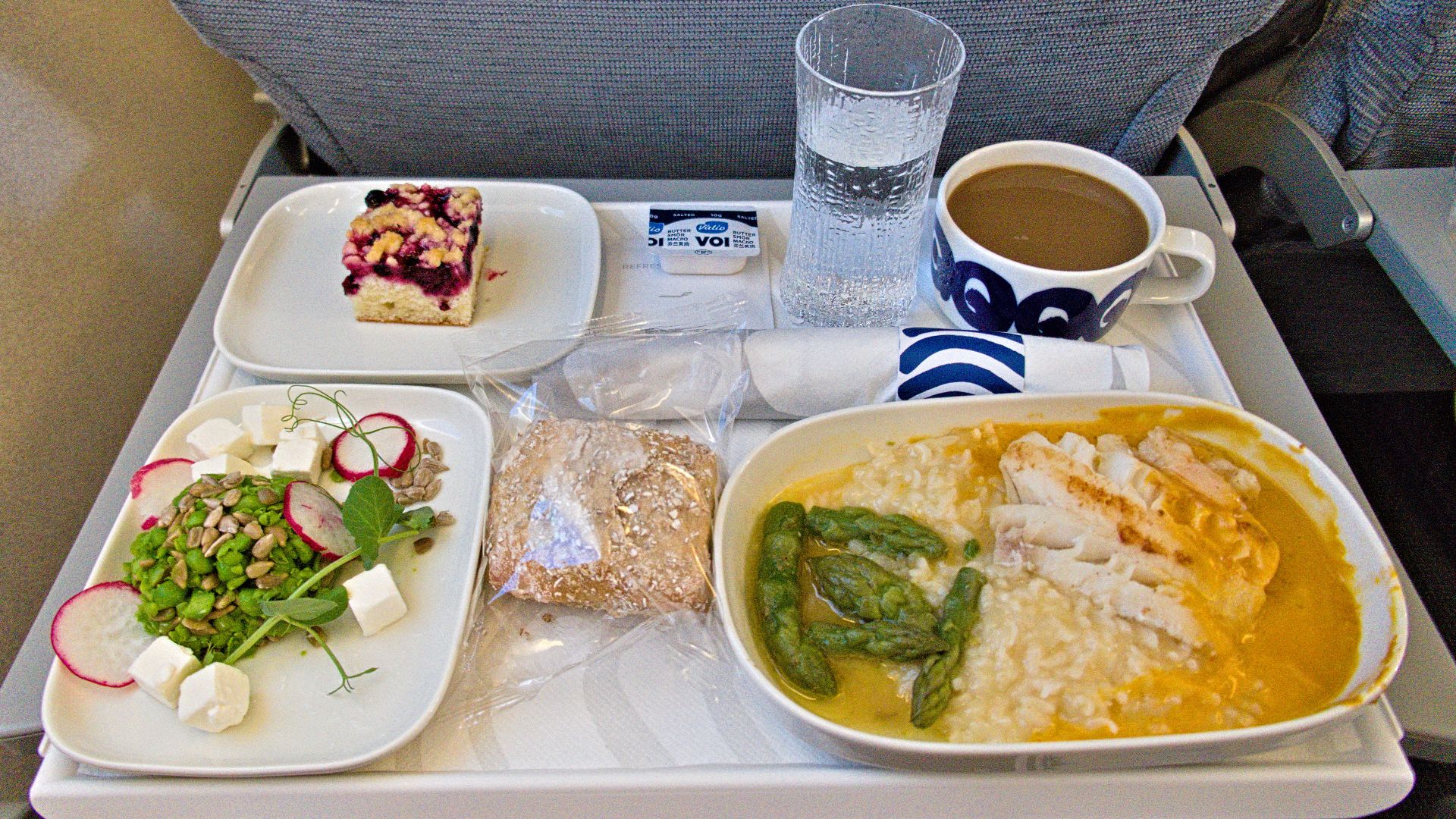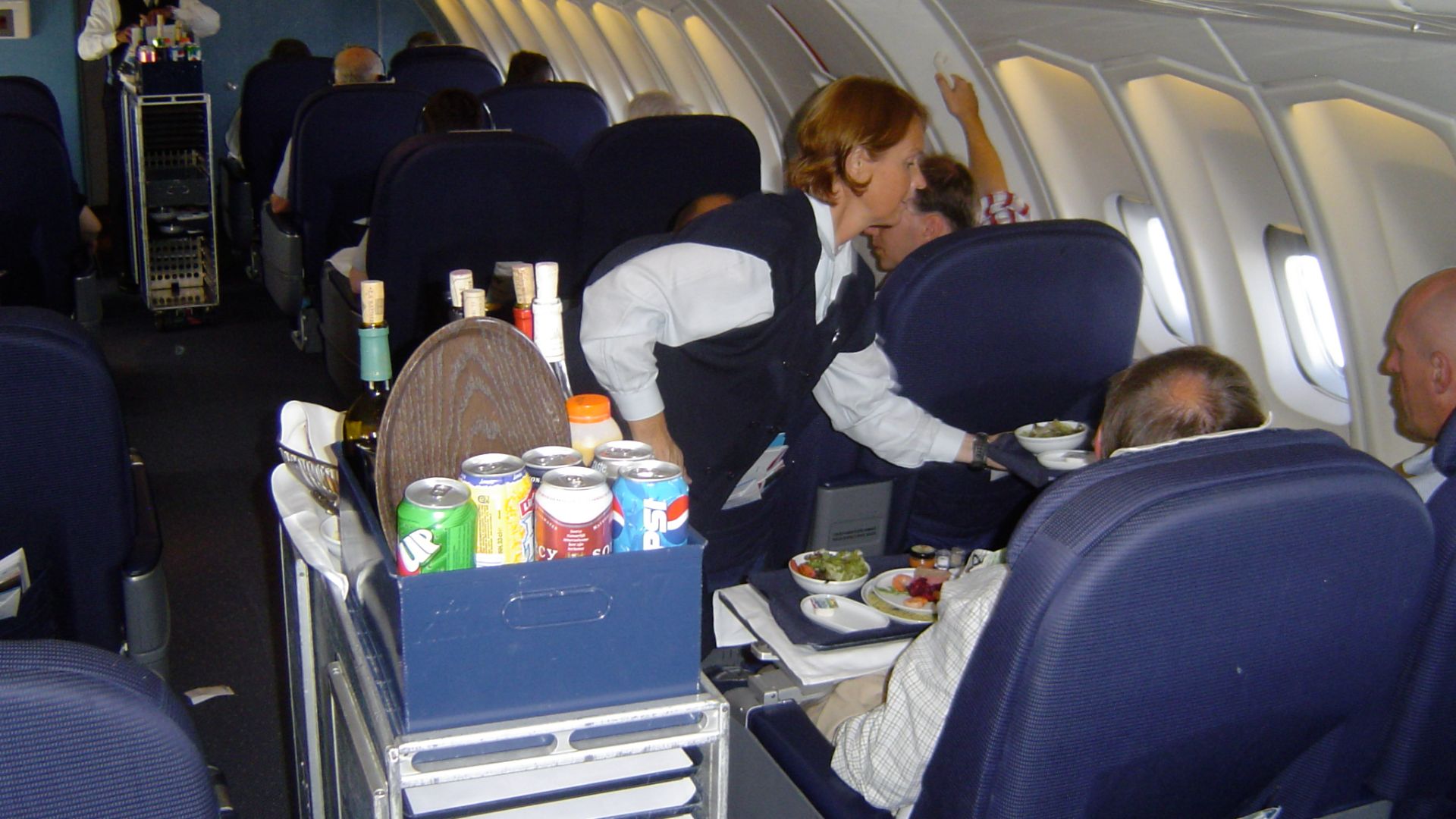It begins the moment the cart rattles down the aisle. The scent of reheated pasta, mystery sauces, and instant coffee floats toward you. You glance at the foil-covered tray and think, “Do I really want this?” For many travelers, airplane meals are a necessary evil. But there’s more behind bad airplane food than you might imagine, and luckily, there are ways to make it better.
So, let’s find out what’s really going on at 35,000 feet and what you can do about it.
Why Airplane Food Tastes So Odd
At cruising altitude, everything feels different. The cabin’s recycled air dries out your nose and dulls flavor perception, so even well-made meals feel flat. It’s not that airlines don’t try; the problem begins long before you step on board. Meals are prepared hours earlier, chilled, packed, and finally reheated in a small galley kitchen thousands of feet above the ground. That process changes everything.
Airlines have to work within strict food safety and timing limits, and that means nothing fresh can be cooked mid-air. What you get is the best approximation of a proper meal after multiple stages of handling. Still, not all is lost. Some carriers experiment with seasoning blends or foods that hold texture better during reheating. Yet even then, the difference between “decent” and “inedible” can depend on small details.
That’s why your expectations matter. Once you understand the challenges of serving food at altitude, you can start taking steps to make it far more enjoyable.
How You Can Take Control
The simplest trick is to plan ahead. When booking your ticket, check for meal preferences. Airlines offer options that are often prepared in smaller batches and served earlier. Those trays sometimes taste fresher simply because they haven’t sat as long. If you’re lucky, you’ll get one that actually looks appetizing.
Next, think about hydration. Dry air in the cabin makes everything taste dull, so keep sipping water throughout your flight. Avoid strong coffee or alcohol, which can worsen dehydration and leave a bitter aftertaste.
Another practical solution is to bring your own snacks or a light meal. Simple sandwiches, fruit slices, granola bars, or wraps travel beautifully and won’t cause security issues. If you want something warm, bring instant oatmeal or soups in sealed containers and ask the crew for hot water.
Beyond the food itself, the way you eat affects how you enjoy it. Open your air vent slightly, stretch your shoulders, and take a few deep breaths before eating. It’s surprising how much a relaxed posture improves how food tastes.
Finding Your Own Balance
Ultimately, the secret to surviving airplane meals is to manage expectations and prepare smartly. Don’t wait for airlines to perfect the menu; instead, curate your own comfort. So next time you hear the wheels of that meal cart rolling your way, adjust, plan, and make it yours. Because even at 35,000 feet, a good meal is mostly about attitude.









